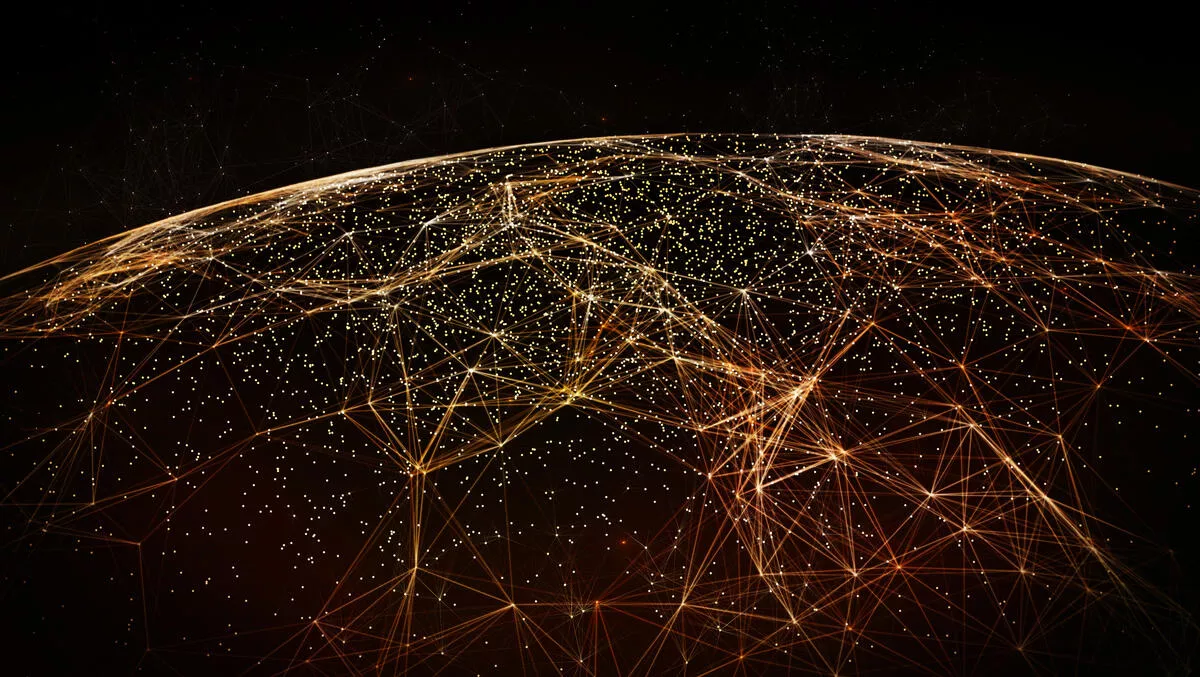
A YouTube video has gone viral this week, and it doesn't have anything to do with cats, or an irate father shooting holes in his daughter's laptop.
It's a 30-minute documentary about Joseph Kony, leader of the Ugandan guerrilla group Lord's Resistance Army (LRA), and as of this writing it's received almost 40 million views.
Produced by charity group Invisible Children, the video is an attempt to raise awareness of the atrocities being committed by Kony; as Invisible Children says, to ‘make Joseph Kony famous, not to celebrate him, but to raise support for his arrest and set a precedent for international justice'.
However, the huge social media attention has also brought criticism, both of the video, the Invisible Children organisation, and the very nature of activism via social media.
Journalist Michael Wilkerson, who formerly reported from Uganda, has written a scathing blog post for Foreign Policy accusing Invisible Children of gross oversimplification.
"In the new film, Invisible Children has made virtually no effort to inform,” Wilkerson writes.
For starters, Kony hasn't been in Uganda for six years, and the LRA numbers at most in the hundreds, Wilkerson writes.
"Additionally, the LRA (thankfully!) does not have 30,000 mindless child soldiers. This grim figure, cited by Invisible Children in the film (and by others) refers to the total number of kids abducted by the LRA over nearly 30 years.
"Unfortunately, it looks like meddlesome details like where Kony actually is aren't important enough for Invisible Children to make sure its audience understands.
On top of the criticism of the film is the attention that's been drawn to the Invisible Children organisation, with sociology and political science student Grant Oyston starting a Tumblr page called Visible Children that questions the group's financial history.
Oyston says in 2011 Invisible Children spent US$8,676,614, but only 32% of that went to direct services, ‘with much of the rest going to staff salaries, travel and transport, and film production'.
He also criticises the group for supporting military intervention, a strategy which has ‘failed time and time again'.
"Giving your money and public support to Invisible Children so they can spend it on supporting ill-advised violent intervention and movie #12 isn't helping,” Oyston writes.
For its part, Invisible Children has been quick to respond to the criticism. In a lengthy rebuttal, the group says 80.46% of its budget last year was spent on programs that furthered its three missions of raising awareness, channelling that awareness into advocacy, and operating programs in LRA-affected areas.
As for accusations of oversimplification, the group says, "In our quest to garner wide public support of nuanced policy, Invisible Children has sought to explain the conflict in an easily understandable format, focusing on the core attributes of LRA leadership that infringe upon the most basic of human rights.
"The film is a first entry point to this conflict for many, and the organisation provides several ways for our supporters to go deeper in learning about the make-up of the LRA and the history of the conflict.
Finally, there's the broader question of whether social networking activism – also known as ‘slacktivism' – actually does more harm than good.
The trouble is that people think that by posting, sharing and ‘liking' a piece of political information, they are doing something to solve the problem by ‘raising awareness'. This feeling of achievement may prevent people from taking practical steps like donating money.
Check out the criticisms and Invisible Children's rebuttal and let us know what you think of the Kony campaign – are the criticisms valid, or has Invisible Children done what it had to do to get the message out there? Does social activism do more harm than good?